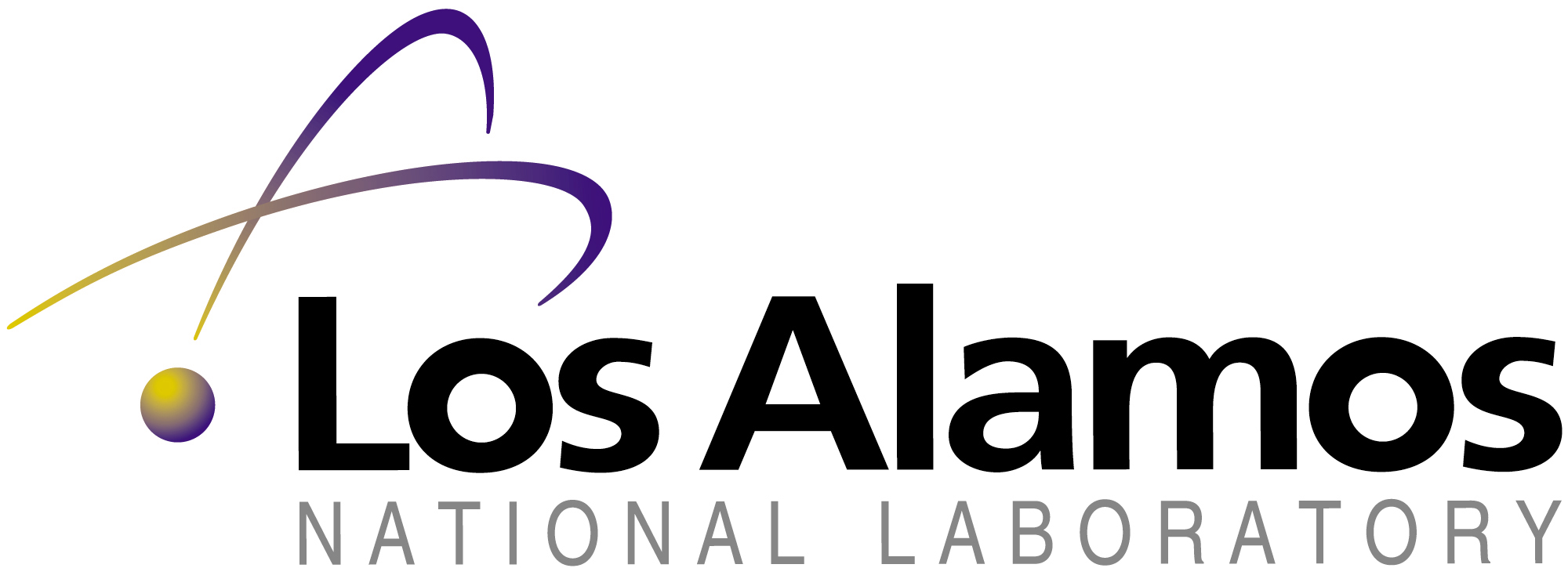Radioactive Waste 223 - The Los Alamos National Laboratory
I have blogged several times about the Waste Isolation Pilot Plant in New Mexico. This plant takes waste from the U.S. nuclear weapons programs and it was temporarily shut down a few years ago by a serious accident involving waste shipped from the Los Alamos National Laboratories. The WIPP does not take liquid waste and the LANL adds an absorbent material to barrels of liquid waste to solidify the liquid. The accident was caused by a change to the absorbent material from an inorganic clay-based material to an organic material based on wheat. A chemical reaction between the waste materials in the barrel and the new absorbent generated hydrogen gas which built up and ultimately ruptured the barrel. Radioactive material escaped and got out into the environment because the air filtration system malfunctioned. There are still about a hundred barrels of the problematic waste stored at the WIPP.
The LANL was created during World War II to help design nuclear weapons as part of the Manhattan project. It is near Santa Fe, New Mexico. The LANL focused on the design of the first generation of U.S. nuclear bombs while the Oak Ridge National Laboratory and the Argonne National Laboratory worked on generating uranium and plutonium for bomb construction. During the Cold War, the LANL continued to work on the design of many nuclear weapons. After the end of the Cold War, the LANL changed its focus to civilian projects involving nuclear technology. Today, the LANL “is one of the largest science and technology institutions in the world. It conducts multidisciplinary research in fields such as national security, space exploration, nuclear fusion, renewable energy, medicine, nanotechnology, and supercomputing.” However, it is still hosting large amounts of hazardous nuclear waste left over from weapons development carried out for decades during the Cold War.
The Material Disposal Area G at the LANL covers sixty-three acres. Buried three feet below the ground, there are almost forty pits and two hundred shafts that hold up to ten million cubic feet of nuclear waste. On the surface, there are large white tents that contain drums of waste waiting to be shipped to the WIPP. It was one of these barrels that exploded at the WIPP and shut it down for three years. It has cost over two billion dollars to reopen WIPP. There are still about sixty drums of the waste with the organic absorbent that still have to be disposed of. In the meantime, wildfires are a threat to the barrels storage area.
Prior to the opening of WIPP in 1999, transuranic wastes from weapons production such as soil, gloves, equipment and materials contaminated by plutonium were stored in Area G. Although decades of work and billions of dollars on the cleanup of over two thousand contaminated areas at LANL including Area G, only about half of the work has been accomplished. Most of the sites have been investigated and ninety percent of the four thousand barrels of waste have been removed from the LANL. However, most of the buried waste in Area G will probably be left there. LANL staff say that the federal and state government do not require that the waste be dug up and disposed of elsewhere.
I have written extensively about the terrible contamination and slow cleanup of the nuclear weapons waste at Hanford. Many of the same problems plague the LANL site. These sites must be cleaned up by the federal government as soon as possible before other accidents spread radioactively contaminated materials.
